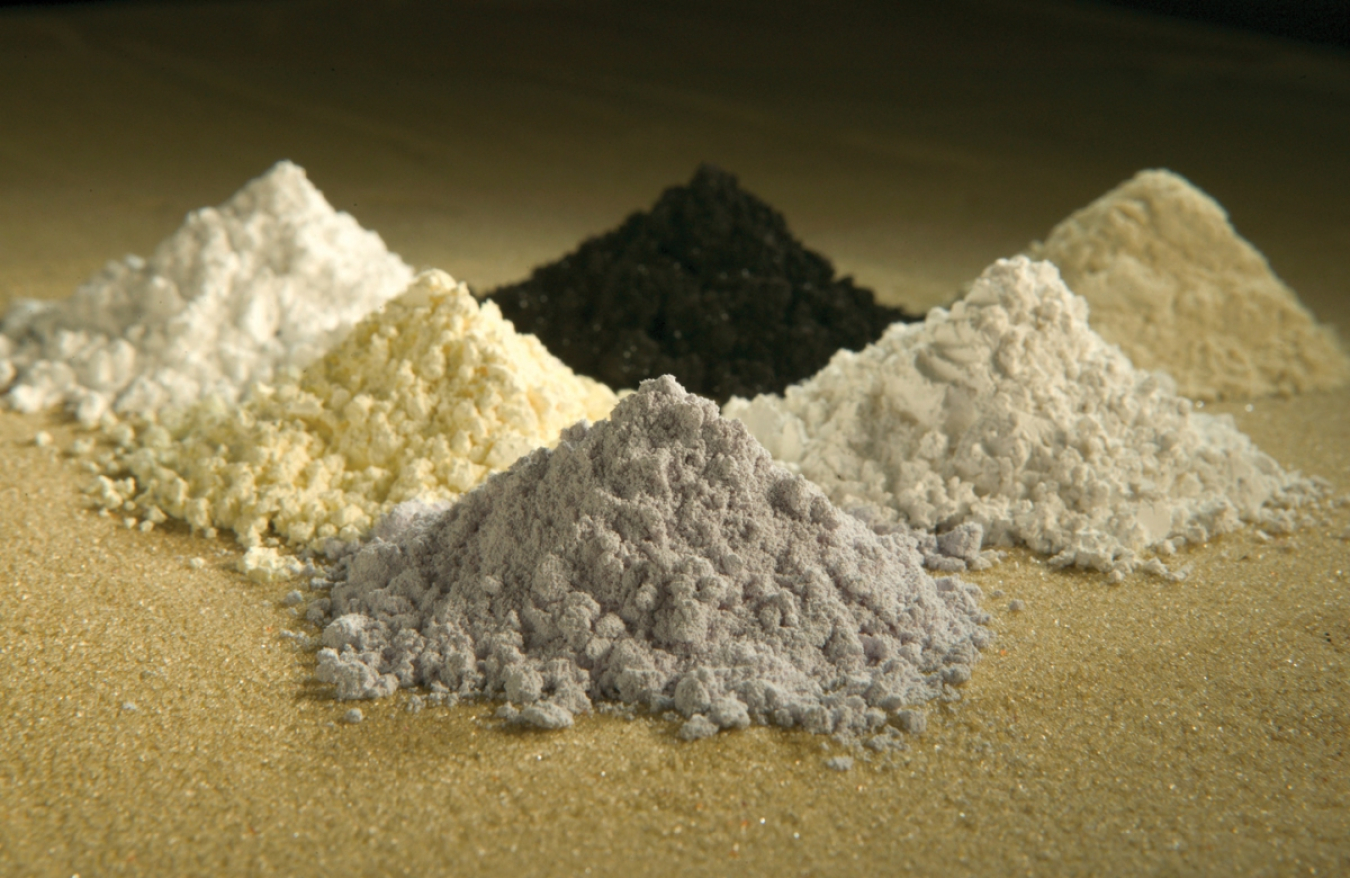
© Wikimedia
The periodic table fades into darkness—symbolizing the silent extinction of Earth’s most critical elements.
In the vast tapestry of Earth’s resources, few are as critical yet overlooked as the elements listed on the periodic table. These elemental building blocks power everything—from the batteries in our phones to the jets in the sky. But as modern technology evolves and consumption skyrockets, several of these precious elements face a grim future: extinction. Or, more accurately, total depletion from economically accessible sources. In this article, we delve into which elements are likely to vanish in the coming decades, why they’re at risk, and what their loss could mean for technology, medicine, energy, and life as we know it.
Similar Titles For Above List
- Elements Which Will Be Going Extinct Due To Overuse For Human Consumption
- Which Elements Can Go Extinct In Recent Period?
1 . Helium (He)

© Flickr
A balloon drifting in the sky—an innocent use of a non-renewable and critical gas. | Helium (He)
Why it’s disappearing: Helium is the second most abundant element in the universe, but on Earth, it is rare and non-renewable. It is formed through radioactive decay deep within the Earth's crust and collected as a byproduct of natural gas extraction.
Usage: Helium is critical in cryogenics, MRI machines, space technology, and scientific research, especially because of its extremely low boiling point.
When might it run out: Estimates suggest that if current usage continues, economically extractable helium could run out within 100 years, or even sooner due to increasing demand.
Why it matters: Losing helium means jeopardizing medical imaging, semiconductor manufacturing, and quantum computing.
2 . Indium (In)

© India Mart
A technician assembles a touchscreen—powered by a transparent indium-tin oxide (ITO) layer.
Why it’s disappearing: Indium is a byproduct of zinc mining and has no significant ore of its own. Its scarcity is tied directly to zinc production, making its supply volatile.
Usage: It is essential in modern touchscreens, LCDs, solar panels, and semiconductors.
When might it run out: Reports suggest that indium could become economically nonviable within 30–50 years, given the explosive demand in electronics and limited supply.
Why it matters: Without indium, modern display technology would face a major crisis. Alternatives exist, but none match indium's efficiency.
Read More..
Check out freeCodeCamp.
Check out freeCodeCamp.
3 . Tantalum (Ta)

© RoboFlow
A close-up of a circuit board reveals tantalum capacitors—tiny yet indispensable.
Why it’s disappearing: Tantalum is mined primarily in conflict-prone regions (like the Democratic Republic of Congo), making its supply chain both ethically and economically fragile.
Usage: Used heavily in smartphones, aerospace, and medical devices due to its corrosion resistance and electrical properties.
When might it run out: Some projections say we could see critical shortages within 40 years, especially as the tech industry scales.
Why it matters: Modern electronics could face production slowdowns or cost increases. Conflict mineral concerns also push for ethical alternatives.
4 . Antimony (Sb)

© IndiaMart
Protective suits and flame-retardant materials—often laced with the soon-to-be-scarce antimony.
Why it’s disappearing: Over 75% of antimony reserves are in China, and global demand is surging. It's not widely recycled.
Usage: Commonly used in flame retardants, batteries, and semiconductors.
When might it run out: Global antimony reserves could be exhausted in the next 20–30 years, according to the U.S. Geological Survey.
Why it matters: Its absence could affect fire safety, defense tech, and next-gen battery design.
5 . Rare Earth Elements (REEs)

© Energy.gov
Bunch of rare materials in powdered form
Why they’re disappearing: These 17 elements are vital in green energy tech, but mining and refining them is complex, polluting, and dominated by a few countries.
Usage: Found in wind turbines, electric vehicles, LEDs, lasers, and military tech.
When might they run out: Key rare earths like neodymium and dysprosium may face shortages within 30 years if consumption patterns continue unchecked.
Why it matters: Clean energy and defense sectors heavily rely on REEs. A shortage could delay climate goals and technological advancements.
6 . Phosphorus (P)

© AgriFarming
Rows of crops stretching to the horizon—grown with the help of phosphate-based fertilizers.
Why it’s disappearing: Phosphorus isn’t used in gadgets but in food production. It’s mined as phosphate rock and has no synthetic substitute.
Usage: Fertilizer production is its biggest use, critical for global food security.
When might it run out: Experts warn of "Peak Phosphorus" occurring around 2030–2050, beyond which extraction becomes more expensive and unsustainable.
Why it matters: No phosphorus means no food. It’s essential for plant growth, and alternatives are currently nonexistent.
# . Extra Mentions
7 . Zinc (Zn)
Used in construction and galvanizing steel. High usage, limited recycling, and overextraction could lead to a zinc crisis in 40–60 years.
8 . Gallium (Ga)
Critical in LEDs and solar cells. A byproduct of bauxite and zinc mining, gallium’s availability is volatile and could sharply decline.
9 . Platinum (Pt)
Used in catalytic converters and hydrogen fuel cells. Extremely rare and only mined in a few locations.
10 . Silver (Ag)
Beyond jewelry, silver is vital in electronics and solar panels. High demand and limited new discoveries suggest long-term risk.
. Conclusion
The Global Impact of Element Extinction The extinction of critical elements will cause ripple effects across every major industry: Technology: Shortages could halt smartphone and chip production. Green Energy: Wind and solar development may slow dramatically. Healthcare: MRI machines and diagnostic tools may become less accessible. Food Supply: Fertilizer shortages could lead to mass crop failures.
Conclusion: Time Is Running Out for Our Elements While most people think of oil and gas when talking about resource depletion, it’s the rare and obscure elements that may run out first—and with far graver consequences for high-tech civilization. If action isn’t taken soon, we might find ourselves in a world where the simplest of technologies become unsustainable. From helium’s silent escape to phosphorus’s vital role in agriculture, each endangered element tells a story of innovation and fragility. Recognizing this looming crisis is the first step toward forging a more sustainable future.
Keywords
endangered elements
rare earth elements
element scarcity
elements going extinct
resource depletion
future technology materials
critical elements
periodic table shortages
rare metals
finite elements
mineral crisis
sustainable mining
strategic elements
elements used in electronics







0 Comments